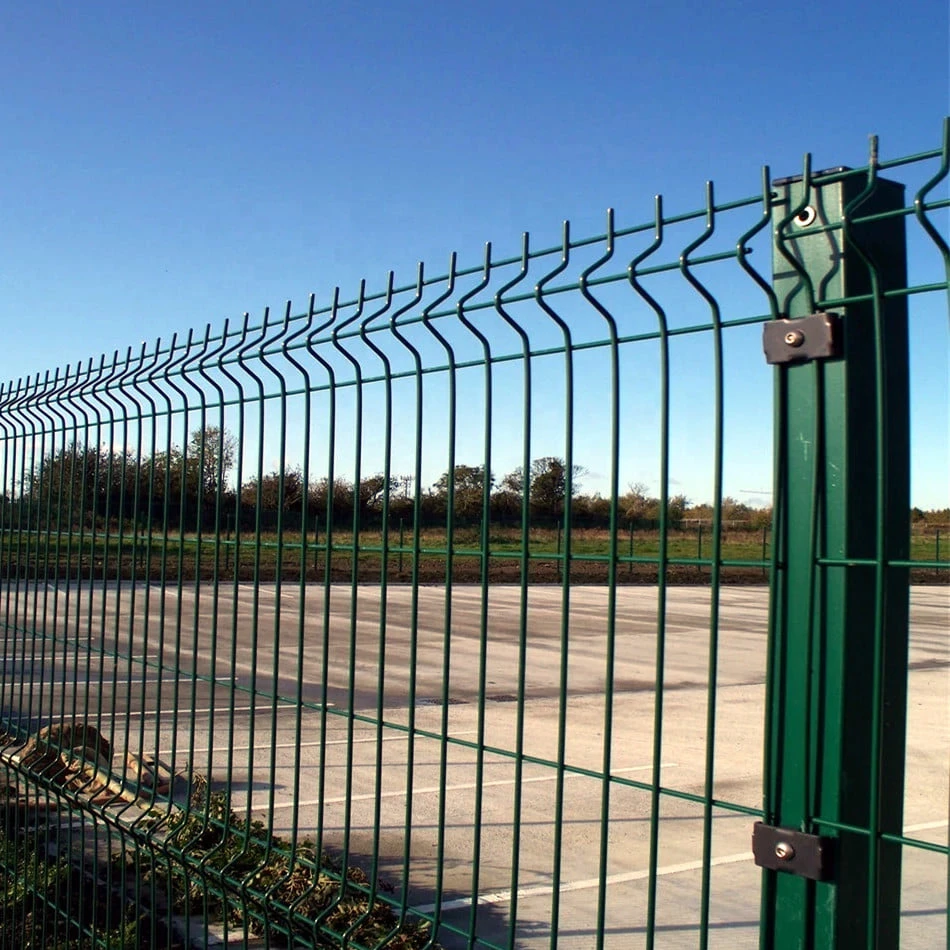types of iron nails
Types of Iron Nails An Essential Guide
Iron nails have been a fundamental component of construction and craftsmanship for centuries. They are known for their strength, durability, and versatility, making them invaluable in various applications, from woodworking to metalworking. In this article, we will explore the different types of iron nails available today, their specific uses, and some unique characteristics that differentiate them.
1. Common Iron Nails
Common iron nails are the most frequently used type in construction and general repairs. These nails typically have a flat head and a smooth shank, which makes them easy to drive into wood without splitting it. They come in various sizes, measured by the penny system (often abbreviated as 'd'), where a higher number indicates a longer nail. Common iron nails are ideal for framing, sheathing, and general carpentry.
2. Finishing Nails
Finishing nails are smaller and have a smaller head compared to common nails. Their design allows them to be driven into the wood and countersunk below the surface easily, making them perfect for finishing work that requires a smooth appearance, such as trim, molding, and cabinetry. Finishing nails can be made of galvanized iron to prevent rust, particularly in high-moisture environments.
3. Box Nails
Box nails are similar to common nails, but they have thinner shanks. This design minimizes the risk of splitting wood, making them a preferred choice for fastening thinner boards, such as those used in furniture making and other delicate woodworking projects. Box nails are versatile and can also be used in any general construction where reduced splitting is desired.
4
. Roofing Nailstypes of iron nails

Roofing nails are specifically designed for use in roofing applications. They usually have a large, flat head to provide a better surface area for securing shingles and a sharp point to penetrate through various roofing materials. Roofing nails are often made of galvanized iron, which resists rusting due to exposure to moisture. The use of these nails helps ensure a long-lasting and watertight roofing system.
5. Masonry Nails
Masonry nails are engineered to be used in masonry applications, such as securing materials to concrete or brick. These nails have a hardened design and a distinctive spiral or ribbed shank for improved grip. Masonry nails are suitable for attaching wooden forms or furring strips to concrete walls or for fastening other materials directly onto masonry surfaces.
6. Duplex Nails
Duplex nails feature two heads instead of one, which allows for easier removal when necessary. This design is perfect for temporary structures, such as scaffolding or forms in concrete work. Once the work is done, the upper head can be pried off, leaving the lower head embedded in the material. Duplex nails are particularly useful in applications where components may need to be disassembled without damaging the surrounding material.
7. Cut Nails
Cut nails, which are rectangular in shape and feature a tapered end, have been used for centuries in hardwood flooring and other fine woodworking projects. Unlike wire nails, cut nails are made by cutting from a flat sheet of iron, which provides additional strength and holding power in dense materials. They offer a rustic appearance and are often used in traditional cabinetry and restoration projects.
Conclusion
The variety of iron nails available today caters to an extensive range of applications, each suited to specific tasks in construction, woodworking, and metalworking. From common and finishing nails to roofing and masonry nails, each type has unique characteristics that enhance its functionality. Understanding the different types of iron nails will enable builders, craftsmen, and DIY enthusiasts to make informed decisions, ensuring that their projects not only meet structural integrity but also aesthetic standards. Whether in contemporary constructions or historical restorations, the right iron nail is an essential tool in every toolkit.
-
Why Choose a Wire Mesh Fence for Your PropertyNewsApr.09,2025
-
The Versatility and Strength of Wire MeshNewsApr.09,2025
-
The Strength and Durability of Galvanized WireNewsApr.09,2025
-
The Essential Guide to Iron NailsNewsApr.09,2025
-
The Benefits of Welded Wire Mesh PanelNewsApr.09,2025
-
Reliable Roofing Solutions with Roofing NailsNewsApr.09,2025




